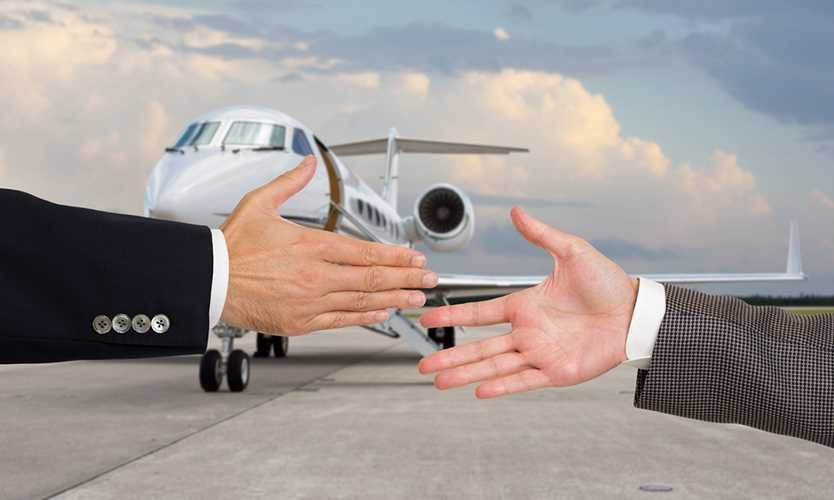Understanding General Aviation Aircraft Insurance
General aviation insurance for aircraft is an essential requirement to private pilots owners of aircraft and operators. The type of insurance offered provides insurance against financial loss due to injuries, damages as well as liability-related claims. If you have an single-engine plane, multi-engine plane or even the helicopter with the proper insurance policy can provide security and conformity with the aviation regulations.
Why General Aviation Aircraft Insurance is Essential
Unexpected damages and accidents could occur at any moment. If the insurance is not adequate the owners of aircrafts could face substantial financial loss. Here are a few of the principal reasons for why general aviation insurance for aircraft is vital:
- Guards against Physical Damage – Covers repairs or replacement costs for damaged aircrafts caused due to natural disasters, accidents or theft.
- Haftung Protection Protects the owner from legal fees and claims for damage or injuries caused to third party.
- Conformity with Regulations A lot of airports require insurance before the operation of aircraft.
- Financial Security – It reduces the financial burden associated with repairs that are unexpected as well as legal actions.
Types of General Aviation Aircraft Insurance
1. Liability Insurance
Anúncios
It insurance is considered to be the most essential and basic type of insurance for aviation. It offers coverage for:
- Injuries to bodily to crew members, passengers or any other third party.
- The property damage resulted from the plane.
- Legal defense expenses in the event of lawsuits.
2. Hull Insurance (Aircraft Physical Damage Coverage)
This includes any damage that may occur to the insurance aircraft by reason of:
- Accidents like crashes or hard landings.
- Weather-related events like hurricanes, hailstorms or floods.
- Theft or vandalism.
3. Passenger Liability Insurance
Anúncios
This is crucial for airliners that carry passengers. It includes:
- Deaths or injuries caused by passengers an accident.
- Medical costs due to an aviation-related accident.
4. Ground Risk Hull Insurance
This is true even in the event that the aircraft is still in flight and shields it from damage caused by:
- Theft, fire or vandalism.
- Natural disasters occur when the aircraft is in a parked position.
5. In-Flight Insurance
Anúncios
This covers any damage that occurs during the time that the aircraft is operating regardless of whether it is in flight, takeoff or landing.
6. Hangar Insurance
For aircraft that are stored within hangars This policy offers protection from the effects of weather and fire and structural breakdowns within the hangar.
Factors Affecting Aviation Insurance Premiums
Many factors impact the price of general aviation air insurance The main factors that affect the cost of general aviation insurance are:
- Kind of Aircraft More massive, expensive, or high-performance planes generally come with greater prices.
- pilot experience The insurance companies assess the total number of hours spent flying as well as certifications and the history of accidents.
- Use Private use aircrafts have lower costs than charter or commercial operations.
- Storage Place Hangar-kept aircraft generally have lower insurance costs than aircraft kept outside.
- coverage limits and deductibles Coverage limits that are higher increase the cost of insurance, while the higher deductibles decrease them.
How to Choose the Right Aviation Insurance Policy
Choosing the most appropriate air insurance plan needs careful consideration. Here are a few essential guidelines to help you make an informed choice:
1. Assess Your Needs
Find out what kind of coverage you need by looking at:
- How often do you fly.
- Value of the plane.
- If you transport passengers or run a business.
2. Compare Multiple Insurance Providers
Every insurance company has various pricing as well as coverage options along with discounts. Get quotes from several insurers to determine the most affordable price.
3. Check Policy Exclusions
Be sure to read carefully through the small text to determine the terms of coverage and what is not included. Certain policies don’t cover the damage caused by terrorism, war or insufficient maintenance.
4. Join forces with an aviation insurance broker
Professional brokers can assist you to navigate the complexities of insurance terminology and find better coverage rates.
5. Review and Update Your Policy Regularly
When your flight patterns or your aircraft use alter, make sure your insurance policy is current to ensure adequate protection.
Best Aviation Insurance Providers
Here are a few of the most reputable airlines insurance providers that offer insurance coverage that is competitive:
- AOPA insurance services The company specializes in insurance the insurance of private pilots as well as aircraft owners.
- Global Aerospace – Offers comprehensive general aviation coverage.
- USAIG (United American Aircraft Group) – Provides tailored policies for different types of aircraft.
- Avemco Insurance Company provides direct policies and flexibility in coverage options.
- Old Republic Aerospace is a name that is renowned for its high-quality aviation risk management.
Common Aviation Insurance Claims and How to Avoid Them
1. Hard Landings
A hard landing can result in destruction to the structure to aircrafts. To prevent this from happening:
- Make sure you are using the proper speed for your approach.
- Learn to practice with a soft field and precise landings.
2. Hangar Rash (Ground Handling Accidents)
This happens when aircrafts suffer small scratches or dents in the course of its movement within an hangar. You can prevent this from happening by:
- Utilizing qualified personnel for towing aircraft.
- Ensuring adequate hangar space for maneuvering.
3. Bird Strikes
Bird strikes can result in damage to the engine or cracks. Lower the risk of damage through:
- At safely high altitudes.
- Avoiding areas of high bird activity near landfills or wetlands.
4. Weather-Related Damage
The force of strong winds, hail, and lightning could harm aircrafts that are that are left outside. Strategies for protection include:
- Storage in hangars whenever it is feasible.
- Utilizing tie-downs as well as aircraft covers for parking outside.
Conclusion
General aviation insurance on aircrafts is an absolute necessity for every pilot and owner of an aircraft. It offers protection for financial losses against injuries, liability claims, as well as unexpected damage. Through understanding the different types of coverage as well as comparing insurers and implementing risk-prevention strategies, you will be able to secure the right insurance plan for your requirements.











